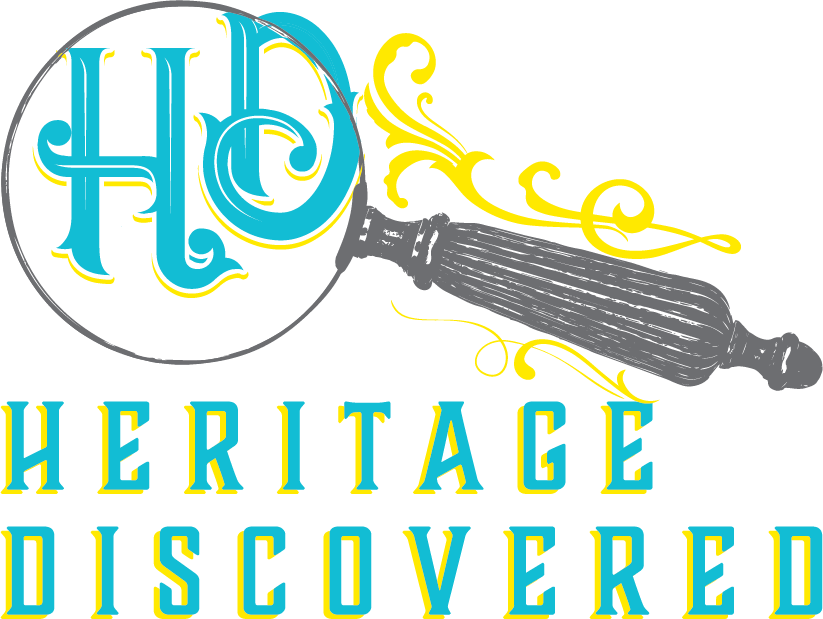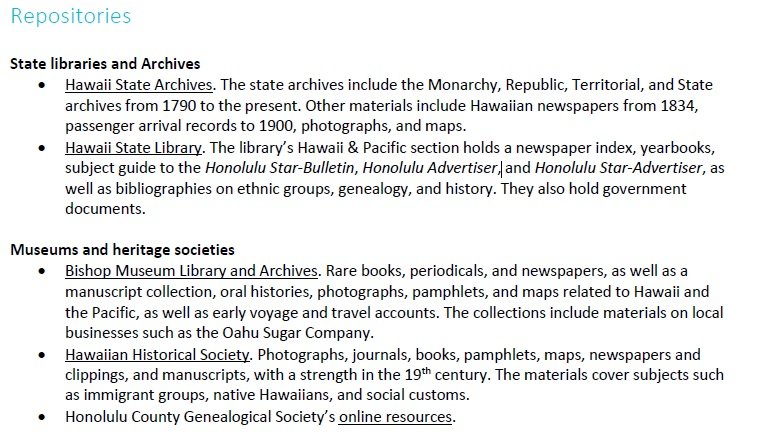How to Create a Locality Guide for Successful Family History Research
*This post may have affiliate links, which means I may receive commissions if you choose to purchase through links I provide (at no extra cost to you). All opinions remain my own.
Over the course of our genealogy research, we’re going to trace some ancestors back to a new place, whether it’s a city, county, state, or country.
When that happens, I know I’m not the only one who wants to jump right in and start playing around with new record sets to see if I can find my ancestors in them.
But as tempting as it is to jump right in, it’ll pay off more in the long run to be strategic about how you go about researching in a new location.
That’s where locality guides come in.
In this article, I discuss what a locality guide is, how they help your research, ideas of what to include, and a few websites with resources to create your guide.
Related posts:
How to Organize Your Genealogy Files With Binders
What is a genealogy locality guide?
A genealogy locality guide is a document that contains detailed information about researching your family in a specific area.
Think of it like a research hub for everything you need to know to research your ancestors in that region.
With a local research guide, there is no need to bookmark websites or databases or try to remember where you came across that map. You store everything in one document.
Related posts:
7 Tips To Help You Create A Successful Genealogy Research Plan
How To Build The Best File Folder System For Your Genealogy Papers
How to Preserve and Protect Your Old Letters
The importance of using locality guides for genealogy research
These guides have many benefits for your research.
Get to know what record collections are in the area. Don’t waste time hunting for something that doesn’t exist.
Identify reliable resources.
Speed up your research by having all the resources in one document.
Understand what records are available and where they are.
Avoid accidentally creating a brick wall through greater knowledge of the time and place.
Make planning research trips easier.
Be familiar with how to research in a specific time period. What works for the 19th century doesn’t always work for Colonial America.
As I mentioned earlier, not only are they a one-stop shop where you can record all the resources that assist with researching in a given area, but they also help you develop a an in-depth picture of the location’s history and background.
This makes your research faster and more efficient because you know right where to go to search for what you need. No more wasting time looking for a record that doesn’t exist or that database or article you once found but can’t remember where.
Locality guides include resources like maps, censuses, church and court records, cemeteries, deeds, and historical information. Because of this wide variety of resources and background information, they are a great way to become familiar with the locales your ancestors lived in.
They can also provide awareness into the region’s culture and economy through geographical, historical, and social information.
Portion of my personal Honolulu County locality guide showing cemetery resources.
Details such as:
what the main occupations were
how many schools they had
what transportation options were available
changing demographics as people migrated in and out of the area
social welfare systems like poorhouses. . .
. . .can give insight into how they may have affected people living there.
Learning about the local issues and community can tell you what might have influenced a family's decision to move to another area or change occupations. For example, by looking at how different occupations grew or declined over time, you can gain an understanding of how the local economy shifted, as well as how your ancestors adapted to these changes.
And if you ever do a genealogy research trip, these guides can make planning easier by having all the different repositories and resources already together.
They are a key starting point for any researcher hoping to build an in-depth knowledge of their family history.
Related posts:
7 Simple Steps To Creating A Genealogy Timeline (And Why You Need One)
How To Easily Organize Your Genealogy To Do List Into Simple Time Blocks
Why Local History Books Are More Important Than You Think For Genealogy
Formats for creating a genealogy research locality guide
It’s best to create your guide in an electronic format – Google Docs, Word, Excel, Evernote, Google Keep. . . Whatever your preferred software is.
This makes it much easier to update and add links. If you store it in a cloud-based app, you can also access it on research trips.
You can create a guide for any jurisdiction you choose – city, state, county, or country.
I typically make them for a county as my ancestors often stayed in the same county but moved around to different towns. Creating it at the county level still keeps all the resources together and I can avoid making several guides for a family who moved around.
You may prefer to make them at the state level, especially if your family lived in several counties in the same state. Whatever works for you.
Related posts:
How to Use Civil War Pension Records in Your Research
10 Great Resources For Finding Your Ancestor’s School Records
What resources should you include in a locality research guide?
I create local research guides with two primary parts: background information and resources.
Within the background information section, I include things like:
Historical information
County formation dates
Repositories
County maps
Key events
Portion of my personal Honolulu County locality guide showing some repositories.
In the resources section, I include sources like:
Immigration records like passenger lists
Court records
Vital records
You can also use a locality guide template to help you think of all the major record sets and information to add.
By learning the different record sets that are available in that region, you can uncover hidden gems of genealogical information that you may not find elsewhere.
Related posts:
Why Using City Directories Is Good For Your Genealogy Research
Why Delayed Birth Certificates Are Awesome For Your Genealogy Research
How to Use Old Railroad Records to Research Your Ancestors
Where to find information for your locality guide
There are a lot of good places you can find information to add to your guide, but some key websites to use first are:
State archives
Local genealogy and historical societies
Final thoughts
Locality guides are a wonderful tool for your family history research.
By creating a guide, you can become an expert in researching a given geographic area. You’ll not only know the record collections that are available, but you’ll also have a sense of the community in which your family lived.
Getting to know the region can tell you why your ancestors migrated to another area and how they got there or changed professions. You can also learn what events and social issues may have affected them, even if they did not make a major change like moving.
Your research will become more efficient and will be able to find answers to your family history questions faster.
Have you ever made a guide for your genealogy research? What do you include?



